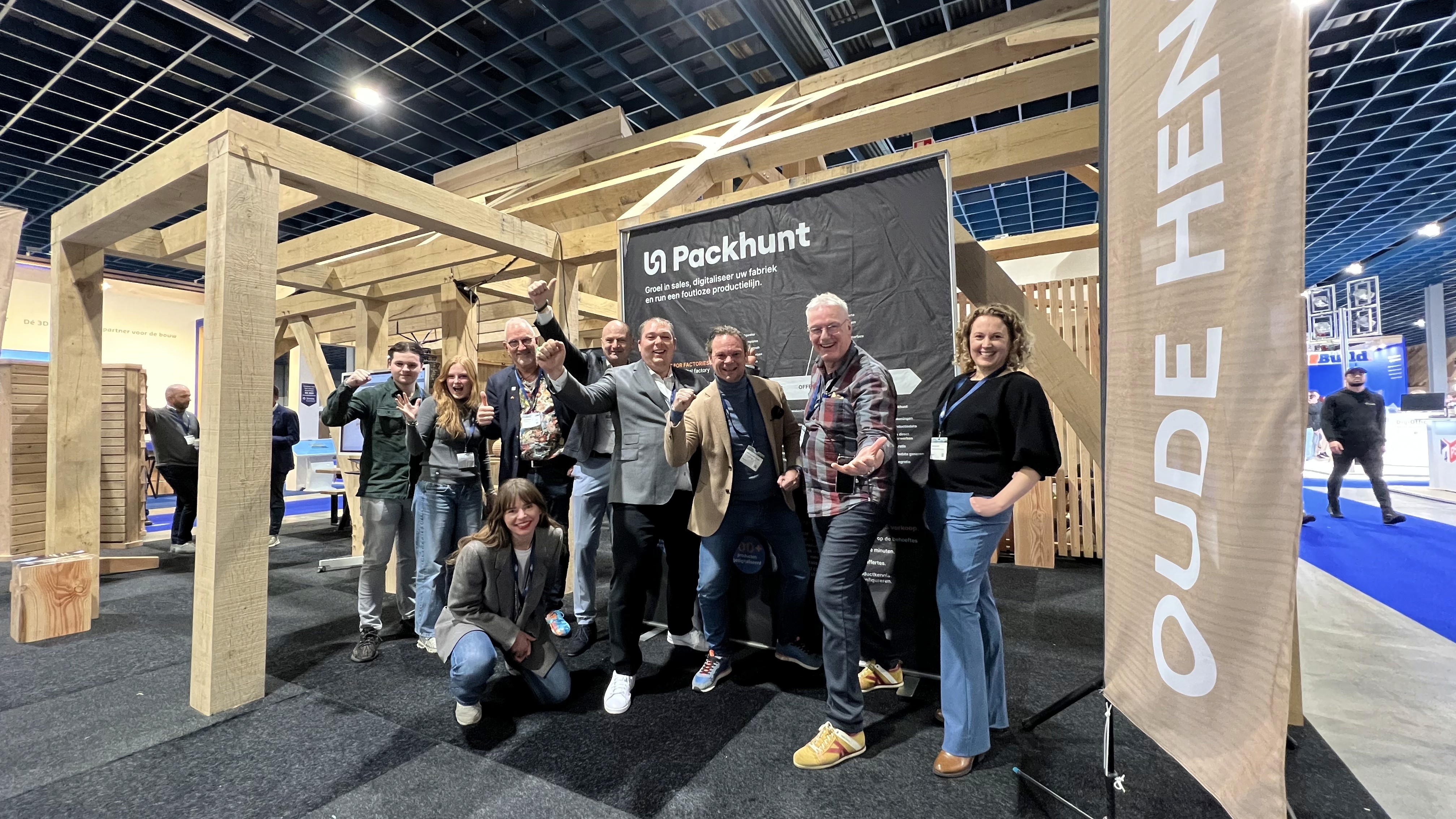Grasshopper
Relevant Terms and Functions in Grasshopper
May 16, 2023
In our first blog post, we talked about how you can get started with Grasshopper: what it is, how to download it and who it is useful for.
Now before you start modelling, we should look at the first things first - the relevant terms and functions.
Important terminology
Below you can find a list of the basic terms that we will be using throughout this blog series:
Components: A component in Grasshopper is an element of the bigger model that you’re creating. Components usually represent operations you perform on the data. (We sometimes call them ‘the batteries’ because they look like batteries to us - and of course they provide a lot of power).
Workspace: While working on your models, you will most likely have a split screen, half in the Rhino workspace (the area that you will see your resulting 3D model in) and a Grasshopper workspace (where you can use the components to create the logic behind the model).
Rhino vs Grasshopper: Grasshopper is a VPL (visual programming language) that runs within Rhino.
Wire: To connect different components, you can use a wire to connect them. This is like a string that attaches one node to another (we jokingly call this the spaghetti - but don’t be fooled: you don’t need to create spaghetti code if you do things right - an experienced Grasshopper modeller makes clean models).
Node: A node is the little white box on the sides of components that you can drag the wire to/from.
Would you like to know more?
Packhunt is an online platform & marketplace for the world’s engineers, designers and inventors to automate knowledge. You can find tools, services & products created by a trusted ecosystem of suppliers in our all-in-one marketplace for the building industry. And you can build your web-based parametric solutions built on Rhino3D/Grasshopper with our developer platform, then monetise them on the marketplace.


